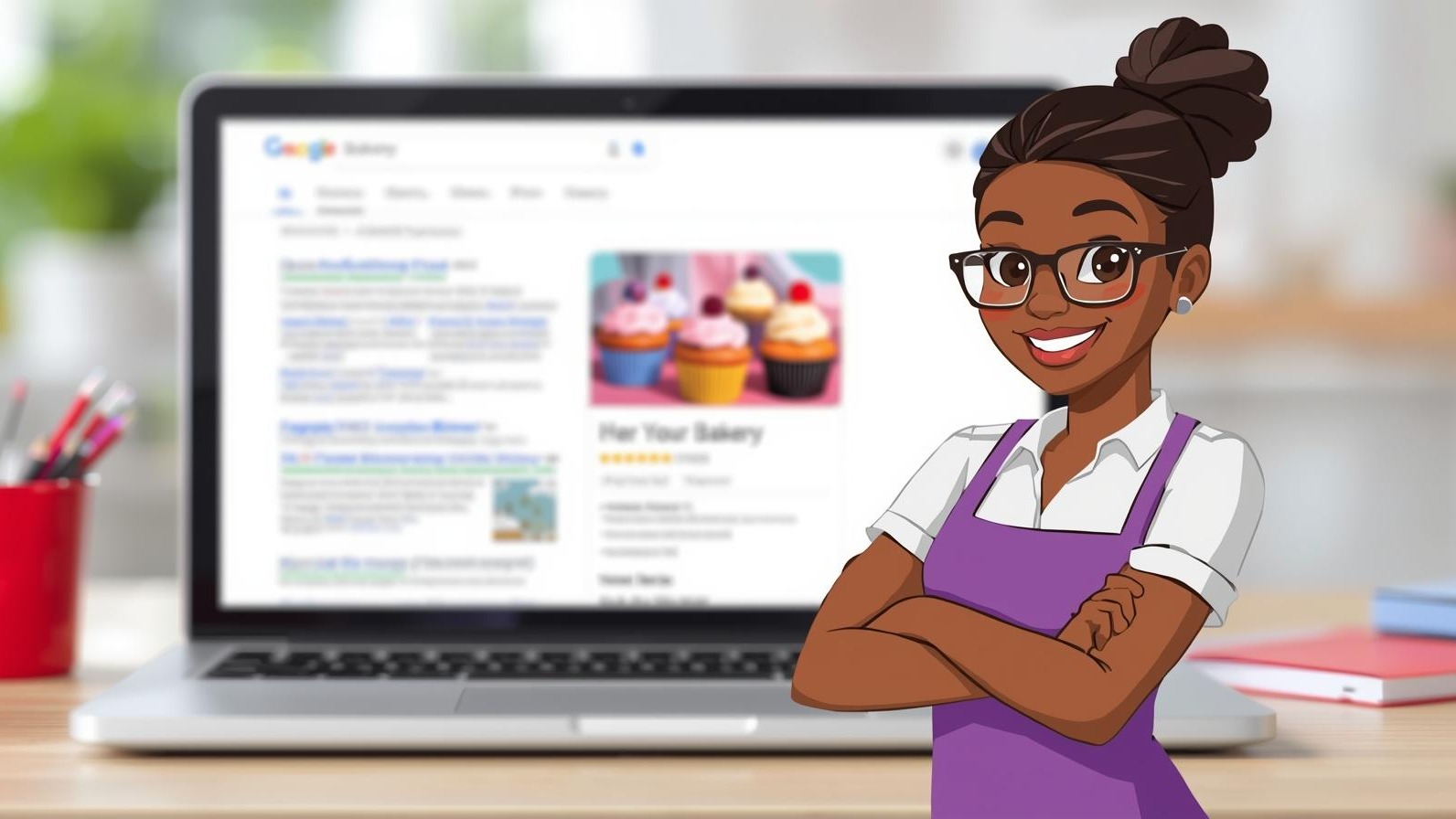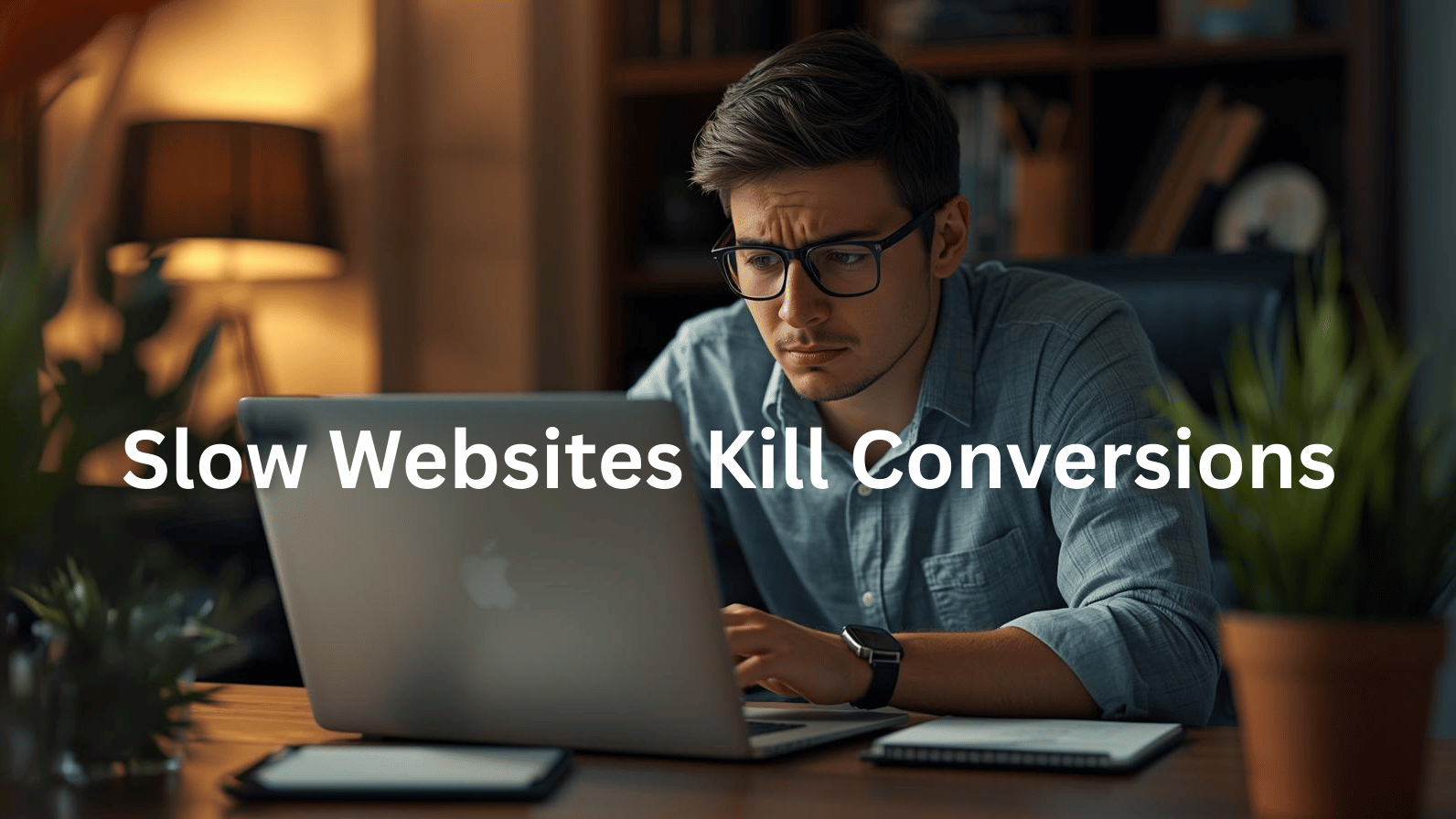Imagine this: Lisa, a small business owner, spent months driving traffic to her online store. Thousands visited, but only a handful bought. Frustrated, she wondered, "Why aren’t my visitors turning into customers?" If this sounds familiar, you’re not alone. Traffic is only half the battle—conversions are what make your business thrive. This article will show you how to turn casual browsers into loyal buyers, using simple strategies that inspire action and deliver results.
Key Takeaways
Conversions are king: Getting visitors is great, but turning them into customers grows your business.
User experience matters: A fast, easy-to-use website keeps visitors engaged and ready to act.
Inspire action: Use compelling calls-to-action (CTAs) and emotional triggers to motivate purchases.
Build trust: Testimonials and security signals make visitors feel confident to buy.
Test and improve: Tools like A/B testing and analytics help you find what works best.
What Are Website Conversions and Why Do They Matter?
A website conversion happens when a visitor takes a specific action on your site, like buying a product, signing up for a newsletter, or filling out a contact form. Think of it as turning a curious stranger into someone who says, "Yes, I want this!" Conversions are the lifeblood of any online business because they directly impact your revenue.
For example, if 1,000 people visit your site and only 10 buy, your conversion rate is 1%. Boost that to 3%, and you triple your sales without needing more traffic. According to a 2024 study by HubSpot, businesses with optimized websites see conversion rates as high as 5-10%. That’s the difference between a struggling business and a thriving one.
Let’s dive into how you can make this happen, starting with creating a website that feels like a warm invitation to buy.
Design a Website That Feels Like Home
Your website is like your digital storefront. If it’s cluttered, slow, or confusing, visitors will leave before they even explore. A great user experience (UX) makes your site easy to navigate, visually appealing, and fast. Here’s why this matters and how to do it:
Speed is critical: A Google study found that 53% of mobile users abandon a site if it takes longer than three seconds to load. Compress images, use a reliable host, and enable caching to keep things snappy.
Keep it simple: A clean layout with clear menus and buttons guides visitors effortlessly. For example, Amazon’s homepage uses bold CTAs like “Add to Cart” to make buying intuitive.
Mobile-friendly design: With 60% of web traffic coming from mobile devices (per Statista, 2024), your site must look great and work smoothly on phones. Test your site on different devices to ensure buttons are clickable and text is readable.
Think of your website like a friendly salesperson. It should greet visitors, show them what they need, and make it easy to say yes.
Craft Calls-to-Action That Beg to Be Clicked
A call-to-action (CTA) is a button or phrase that tells visitors what to do next, like “Shop Now” or “Get Your Free Quote.” A great CTA doesn’t just inform—it inspires. Here’s how to make yours irresistible:
Focus on benefits: Instead of “Sign Up,” try “Start Saving Today.” This tells visitors what they gain.
Use emotional triggers: Appeal to desires like success or ease. For example, “Join 5,000 Happy Customers” feels more exciting than “Register Here.”
Create urgency: Phrases like “Limited Spots Available” or “Offer Ends Soon” push visitors to act fast. A clothing retailer saw a 20% sales boost by adding “Only 3 Left in Stock” to product pages (Econsultancy, 2023).
Place them strategically: Put CTAs where visitors naturally look—on the homepage, at the end of blog posts, or during checkout.
Picture your CTA as a cheerleader, rallying visitors to take the next step with enthusiasm.
Build Trust with Social Proof
People trust other people more than they trust brands. Social proof—like testimonials, reviews, or case studies—shows visitors that others love your product. This builds confidence and nudges them toward buying. Here’s how to use it:
Showcase testimonials: Feature real customer stories on your homepage or product pages. For example, a fitness coach added a video testimonial from a client who lost 20 pounds, and her sign-ups doubled.
Highlight numbers: Phrases like “Trusted by 10,000+ Customers” or “4.8/5 Stars from 500 Reviews” grab attention. A 2024 BrightLocal study found 79% of consumers trust online reviews as much as personal recommendations.
Use user-generated content (UGC): Share customer photos or social media posts about your product. A skincare brand saw a 15% conversion lift by featuring Instagram posts from happy users.
Think of social proof as a friend vouching for you—it makes strangers feel safe to trust you.
See How Digital Marketing All Can Drive More Traffic to Your Website
Ready to turn your website into a conversion machine? At Digital Marketing All, we specialize in strategies that attract the right visitors and inspire them to act. Here’s how we can help:
Brand Voice Strategy: We’ll craft a unique voice that connects with your ideal customers, making your brand unforgettable.
Market Growth Opportunity Research: Discover untapped traffic sources to bring more qualified visitors to your site.
Local SEO: Dominate your local market with optimized content that ranks high on Google.
Dominate Google: Our SEO experts will push your site to the top of search results.
Competitive Link Analysis: Learn what your competitors are doing and outshine them.
Geo-Targeting: Reach customers in your desired locations with precision.
Content Marketing: Our team creates shareable, link-worthy content that drives traffic and engagement.
Paid Media Advertising: Get clear ROI with pay-per-result strategies tailored to your goals.
Search Box Optimization: Own your local keywords to become the go-to choice in your area.
Book a call today to see how we can transform your website into a lead-generating powerhouse!
Streamline Your Checkout to Seal the Deal
Ever added items to an online cart, only to abandon it because the checkout was too complicated? You’re not alone—68% of online shoppers abandon carts due to friction (Baymard Institute, 2024). A smooth checkout process turns browsers into buyers. Here’s how:
Offer guest checkout: Forcing account creation drives customers away. A retailer added guest checkout and reduced cart abandonment by 30%.
Simplify forms: Ask only for essentials like name, address, and payment details. Fewer fields mean faster checkouts.
Provide payment options: Accept credit cards, Apple Pay, Google Pay, and buy-now-pay-later services to suit every customer.
Show trust signals: Display security badges, SSL certificates, and clear refund policies. A 2023 study found 85% of shoppers are more likely to buy when they see security seals.
Optimize for mobile: Ensure buttons are easy to tap and forms autofill on phones.
Think of your checkout as the final stretch of a race—make it smooth, and customers will cross the finish line.
Test and Tweak with A/B Testing
A/B testing means creating two versions of a webpage to see which one gets more conversions. For example, you might test two headlines or button colors. Tools like Google Optimize make this easy. Here’s why it’s powerful:
Find what works: A software company tested two CTAs—“Free Trial” vs. “Try It Now”—and found the latter increased sign-ups by 25%.
Small changes, big results: Changing a button color from blue to red boosted clicks by 10% for an e-commerce site.
Keep improving: Test layouts, images, or even page structures to keep your site performing at its best.
A/B testing is like trying on outfits—you keep tweaking until you find the one that looks amazing.
Track Your Progress to Stay Ahead
You can’t improve what you don’t measure. Tools like Google Analytics, Hotjar, and Crazy Egg show you how visitors interact with your site. Here’s what to look for:
Heatmaps: See where visitors click or scroll to spot what grabs attention.
Session recordings: Watch how users navigate to find where they get stuck.
Conversion funnels: Identify where visitors drop off, like during checkout or on a contact form.
For example, a bakery used Hotjar to discover that visitors left their site because the “Order Now” button was hard to find. Moving it higher on the page increased orders by 15%. Tracking is like a GPS—it shows you exactly where to go next.
FAQs About Website Conversions
What is a good conversion rate?
A good conversion rate varies by industry, but 2-5% is average for e-commerce, while lead generation sites might aim for 10%. Compare your rate to industry benchmarks and focus on steady improvement.
How do I know if my website is mobile-friendly?
Test your site using Google’s Mobile-Friendly Test tool. Check if buttons are easy to tap, text is readable, and pages load fast on your phone.
Why do customers abandon their carts?
Common reasons include complicated checkouts, unexpected fees, or lack of trust. Simplify forms, show clear pricing, and add trust signals to reduce abandonment.
How often should I run A/B tests?
Run tests whenever you make significant changes, like updating CTAs or redesigning pages. Aim for one test at a time to measure results clearly.
Can social proof really make a difference?
Yes! A 2024 study showed that 79% of consumers trust reviews as much as personal recommendations, making social proof a powerful tool for conversions.
I hope you enjoyed reading this blog post. If you want to be our next success story, have my team do your marketing for you. Click here to book a call!
 Add Row
Add Row  Add
Add 








Write A Comment